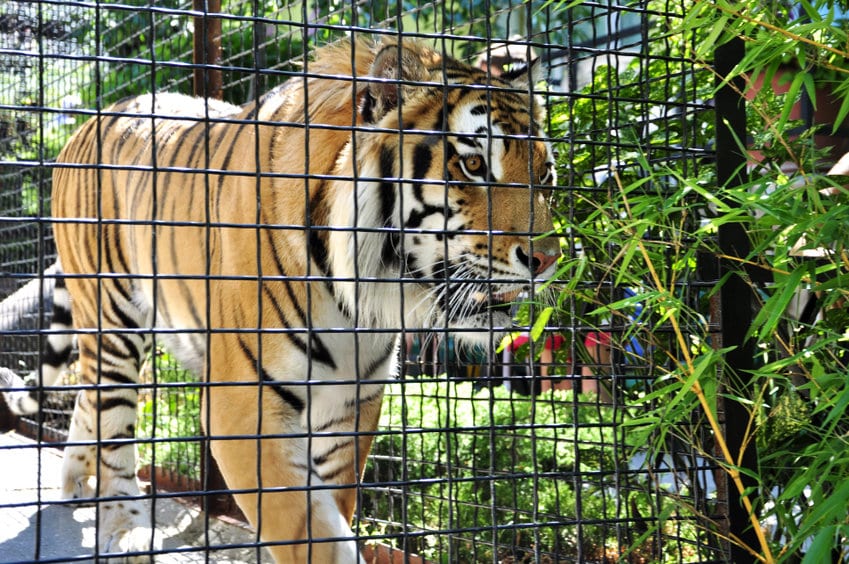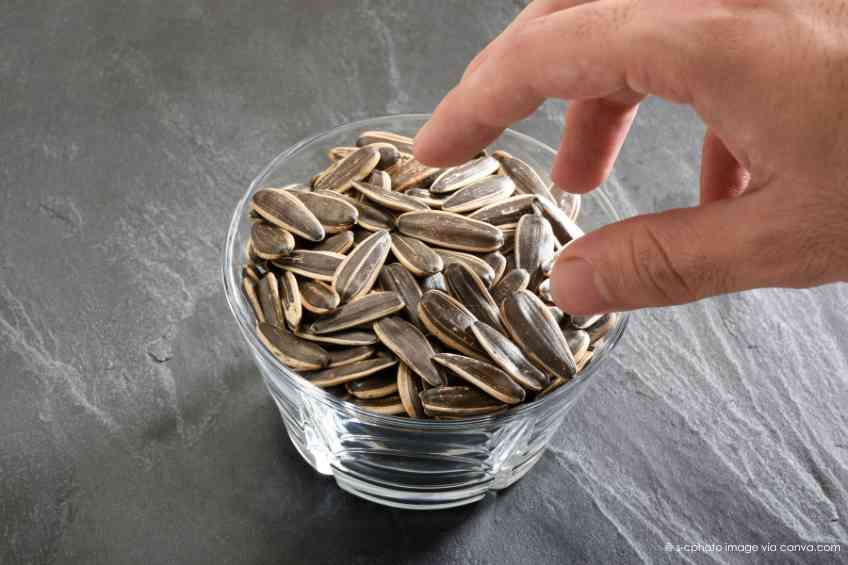The Skinny
The first zoo in the U.S. opened in 1874 and ever since they have become popular attractions for millions of individuals and families. Unfortunately, living in captivity isn’t necessarily fun or healthy for animals. Controversy over the ethical purpose of zoos has long been a topic of debate, especially given many animals are captured from their natural habitats and placed in these artificial settings. While some are more adaptable to these new settings than others, certain species can really struggle. Here are a few breeds that suffer the most during life in captivity.
The Slate
Lions
Coming from the open savannah where they get their name as King of the Jungle and being placed in a small, artificial space is a pretty harsh switch. Yes, they may be beautiful and the object of picture takers, but lions have about 18,000 times less space in zoos than they do in the wild. With the species commonly placed as a main attraction, they are also called upon to be awake and moving around more often than they would normally. On average, lions sleep and rest for about 16 to 20 hours a day, but in zoos, they pace close to 50 percent of their time. This is a clear sign that behavioral problems exist. Additionally, 40 percent of lion cubs die before reaching one month of age whereas, in the wild, only 30 percent of lion cubs die before reaching six months old. 
Tigers
Simply put, there are more tigers in captivity in the U.S. (approximately 5,000) than there are left in the wild (about 3,900 left). This statistic includes zoos and tigers that are in private captivity, an unornate truth the world saw with the Netflix Original Series, Tiger King. Reports even suggest that the number of tigers in the U.S. is greater than 5,000 since many are bred privately. Whether it is in zoos or private cages, inbreeding for tigers has increased the chance for birth defects, ultimately not proving to be an effective means towards saving the endangered species.
Great White Sharks
A large aquarium tank is obviously no match for the size of an ocean. This makes the great white shark arguably the most difficult animal to keep in captivity. On average, great whites only live for a few days to a few weeks after being placed in an aquarium. There are many reasons as to why sharks have limited life spans in tanks including some having preexisting injuries from being caught and others not eating once being brought in. Additionally, many must constantly move forward for proper oxygen intake. In a small aquarium tank, sharks can experience severe bruising and scars from bumping into the glass creating unhealed injuries that lead to shortened life expectancy.
Narwhals
Narwhals can be thought of as a beluga whale with a unicorn tusk, making the sea creature especially unique in comparison to other aquatic animals. Unlike its close relative, the beluga whale, narwhals are like great white sharks in that they struggle to survive in captivity. There isn’t a clear reason why they tend to not live long, however it’s assumed that narwhals spend most of their time below the ice in cooler temperatures. Along with their long tusks that can reach as long as 10 feet, an artificial tank simply cannot support a sea animal of that size and unique characteristics.
Eyes Up
Do you think zoos are ethical? Let’s open up a dialogue at info@wellwellusa.com.












